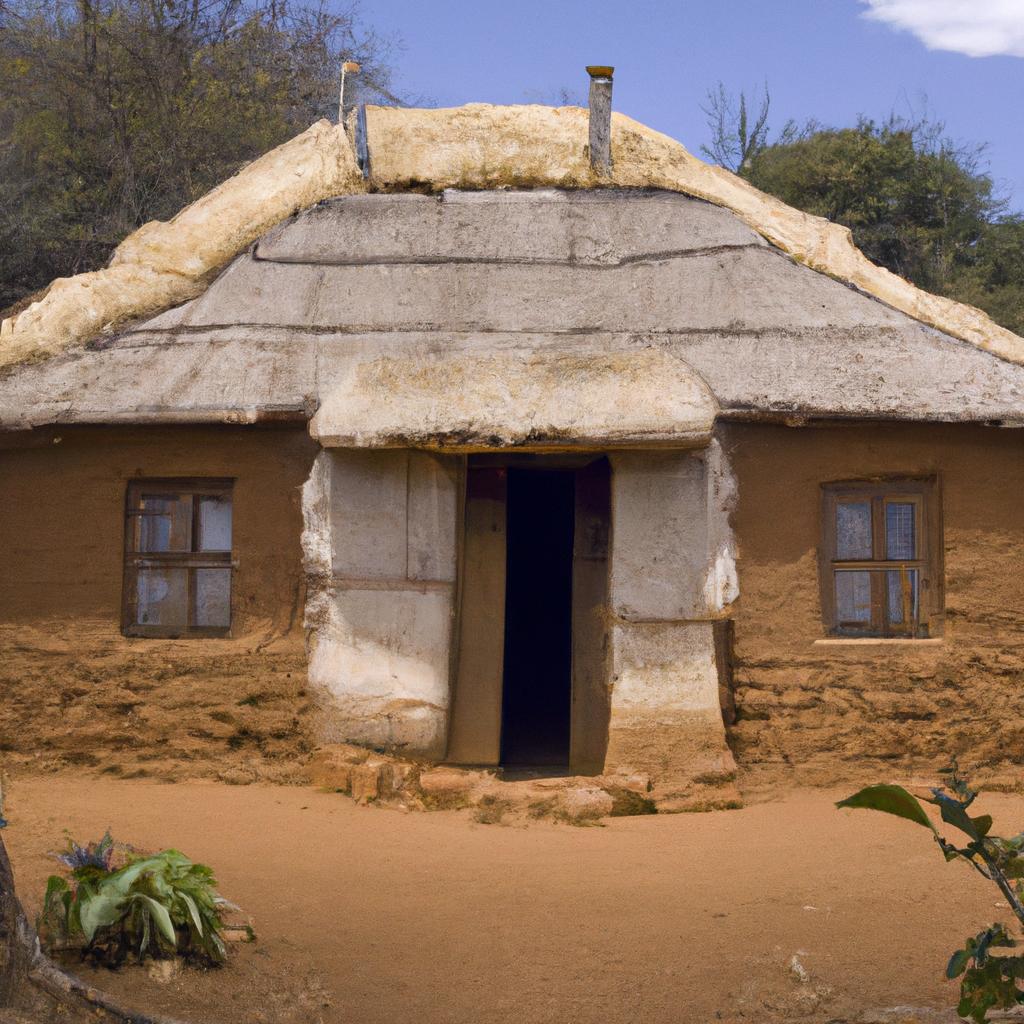Mud homes have a rich history dating back thousands of years. From the adobe homes of the Southwest United States to the rammed earth houses of China, mud homes have been a dependable and sustainable housing solution for centuries.
Today, there is a renewed interest in mud homes as people seek sustainable and eco-friendly housing options. Mud homes are not only affordable and energy-efficient but also have a minimal impact on the environment.
Sustainable housing is crucial as it helps reduce our carbon footprint and conserve natural resources. With the world’s population expected to reach 9.7 billion by 2050, sustainable housing solutions like mud homes are becoming increasingly important.
Choosing the Right Location for Your Mud Home

When it comes to building a mud home, choosing the right location is crucial. Here are some factors to consider when selecting the ideal spot for your mud home:
Understanding the Soil Type and Climate
The type of soil and climate in your area will determine the suitability of building a mud home. For example, clay-rich soil is ideal for building adobe homes, while sandy soil is ideal for building rammed earth houses. The climate in your area will also influence the type of mud home you can build. For instance, regions with high rainfall may require additional measures to prevent erosion and water damage.
Ensuring Proper Drainage
Proper drainage is essential to prevent water damage and erosion, which can weaken the foundation of your mud home. Before building, it’s important to assess the slope of the land to ensure that rainwater drains away from the foundation. Additionally, incorporating gutters or other rainwater harvesting systems can help you make the most of the rainfall in your area.
Building on a Solid Foundation
Building on a solid foundation is crucial for any home, but it’s especially important for mud homes. A stable foundation helps prevent cracking and settling, which can compromise the structural integrity of your home. Before building, it’s important to prepare the site by leveling the ground and removing any debris or vegetation. Consider hiring a professional to help ensure that your foundation is solid and stable.
By considering these factors, you can choose the ideal location for your mud home, ensuring that it is stable, durable, and sustainable for years to come.
Building Techniques and Materials
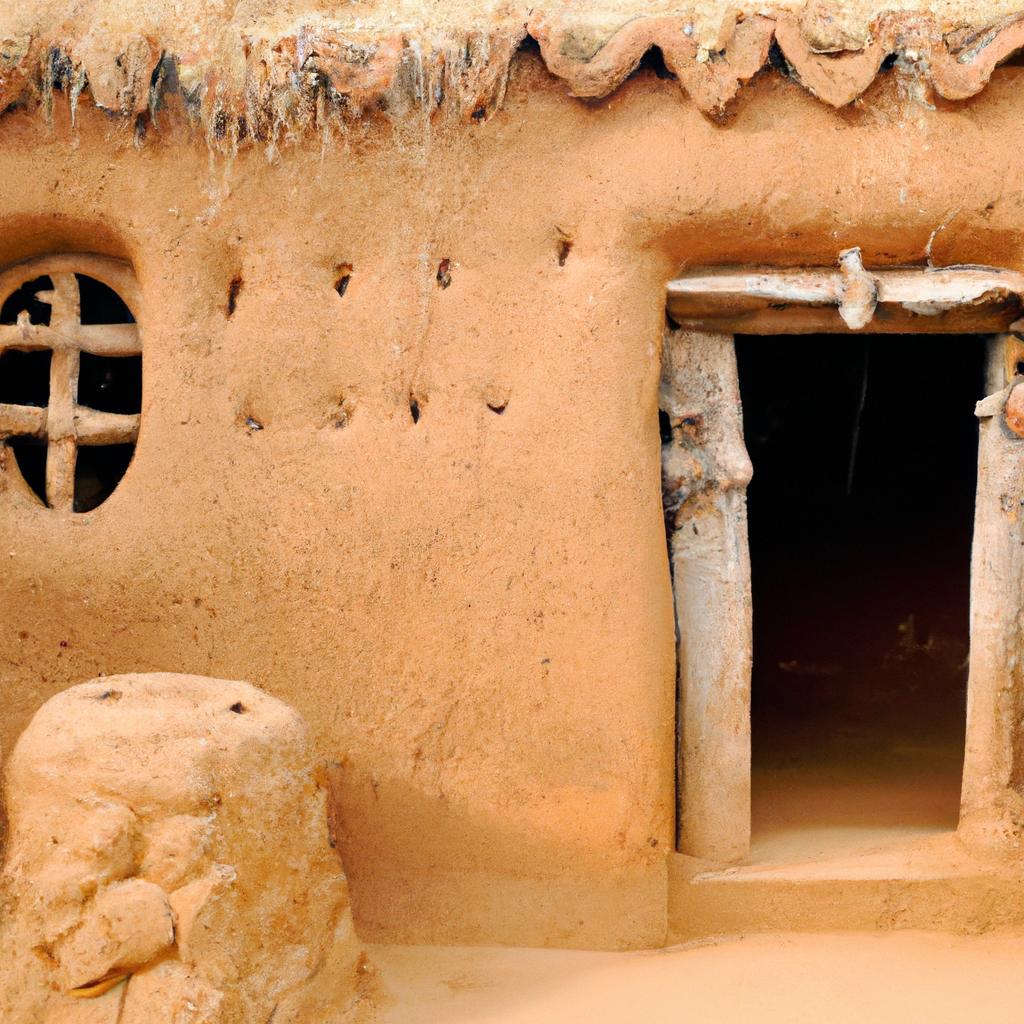
Types of Mud and Their Properties
Before building a mud home, it’s essential to understand the different types of mud and their properties. The type of mud you use will depend on your location and climate.
Clay is the most common type of mud used for building. It has excellent binding properties and is easy to mold. However, it can shrink and crack as it dries, making it unsuitable for certain locations.
Silt is another type of mud that is ideal for building in areas with high moisture levels. It has a fine texture and is easy to work with, making it ideal for creating smooth finishes.
Sand is often added to mud mixtures to improve their strength and reduce shrinkage. It also helps with drainage and prevents water from seeping into walls.
Mixing and Applying Mud for Walls and Roofs
Mixing mud for walls and roofs is a straightforward process that can be done by hand or using machinery. The mud mixture should have the right consistency to ensure it adheres well to the wall and provides adequate insulation.
To apply the mud mixture, start at the bottom of the wall and work your way up. Use a trowel to spread the mixture evenly, ensuring there are no gaps or air pockets.
For roofs, the mud mixture is applied to a wooden frame or woven matting. The thickness of the mud layer will depend on the climate and the desired insulation level.
Adding Reinforcements and Insulation
To ensure your mud home is structurally sound, you may need to add reinforcements and insulation. Reinforcements are materials like straw or hay that are added to the mud mixture to increase its strength. They also help to prevent cracking and provide extra insulation.
Insulation materials like wool, hemp, or recycled newspaper can be added to the mud mixture to improve the home’s energy efficiency. They help to regulate temperature and reduce heat loss, making your home more comfortable and eco-friendly.
By understanding the different types of mud and how to apply them, you can build a durable and sustainable mud home that will stand the test of time.
Designing Your Mud Home
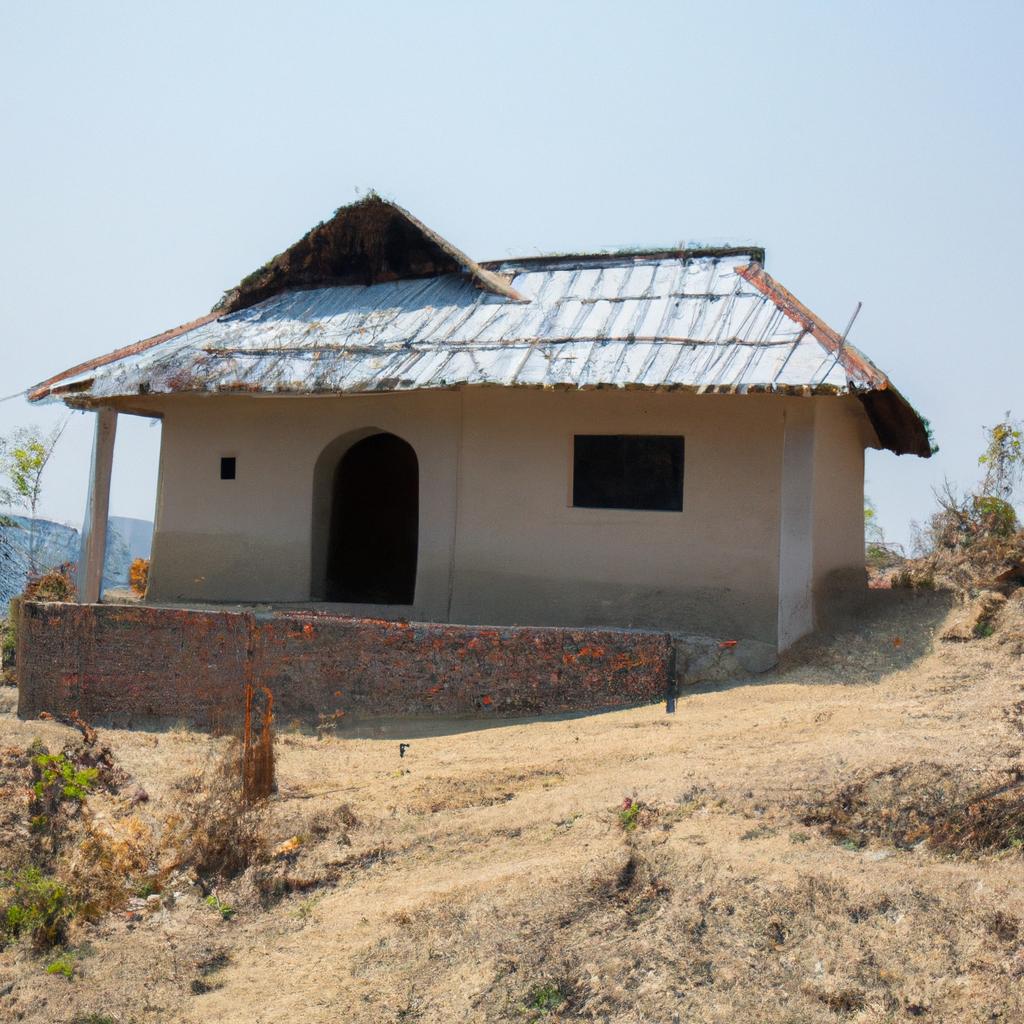
Designing your mud home is an exciting process that requires careful planning and consideration. Here are some key aspects to keep in mind when designing your mud home.
Incorporating Natural Light and Ventilation
One of the benefits of building a mud home is the ability to incorporate natural light and ventilation. Mud homes have thick walls that provide excellent insulation, but they can also make the interior dark and stuffy.
To maximize natural light, consider adding large windows and skylights. These will not only brighten up your living space but also provide passive solar heating in the winter. To facilitate good airflow, add vents and make use of cross ventilation. This will help keep your home cool in the summer and reduce the need for air conditioning.
Maximizing Energy Efficiency
Mud homes are naturally energy-efficient, but there are additional steps you can take to maximize their efficiency. One of the most important steps is to properly insulate your home. This will help keep your home warm in the winter and cool in the summer.
Another way to increase energy efficiency is to invest in energy-efficient appliances and lighting. LED light bulbs, for example, use 75% less energy than traditional incandescent bulbs. You can also install a solar panel system to generate your own electricity and reduce your reliance on the grid.
Creating Functional Spaces
When designing your mud home, it’s important to create functional spaces that meet your specific needs. Consider the size of your family, your lifestyle, and any special requirements you may have.
For example, if you work from home, you may need a dedicated home office. If you enjoy cooking, you may want a large kitchen with ample counter space. And if you have children, you may want to create a playroom or outdoor play area.
By designing your mud home with functionality in mind, you can create a space that not only looks beautiful but also meets your practical needs.
Maintaining and Repairing Your Mud Home
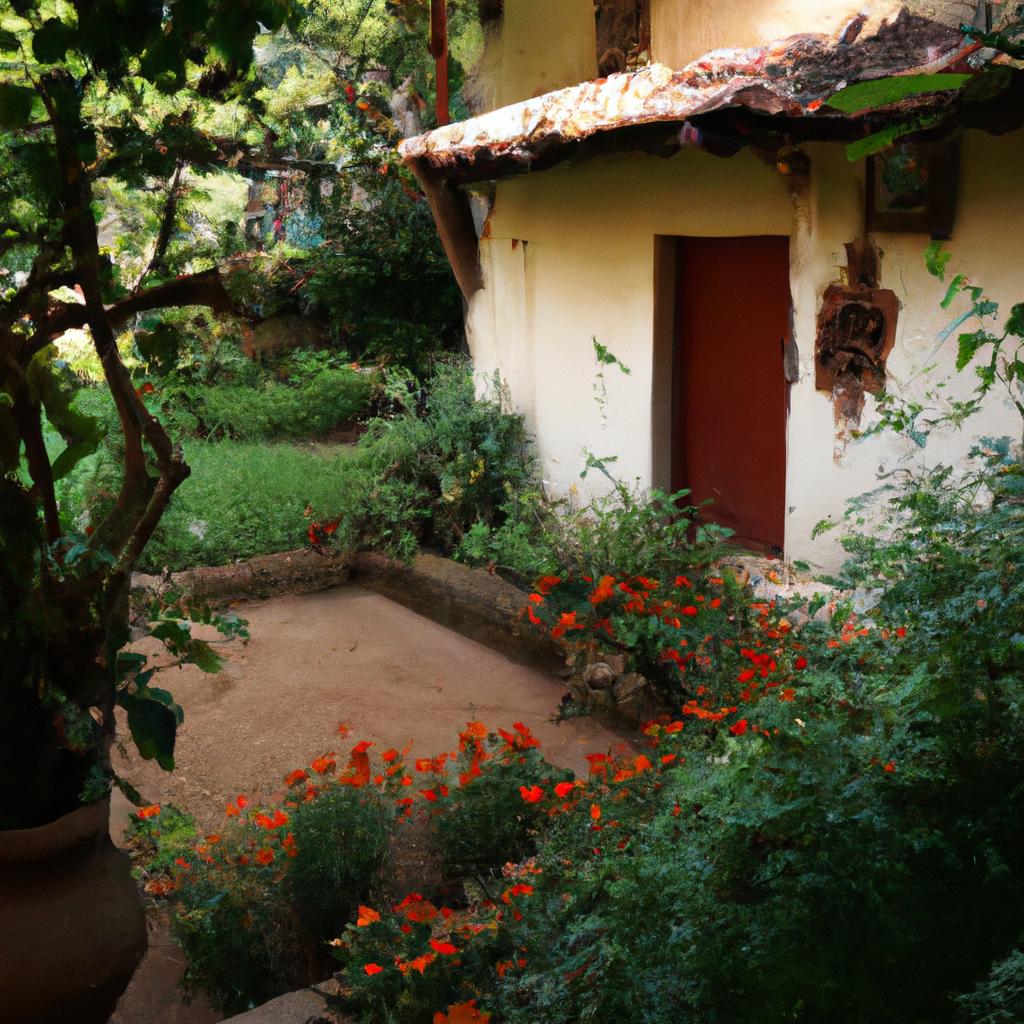
Mud homes require regular maintenance to keep them in good condition. Proper maintenance can help avoid erosion and water damage, which can compromise the structural integrity of your home. Here are some tips on how to maintain your mud home:
Preventative Maintenance to Avoid Erosion and Water Damage
- Check the drainage around your home regularly, and ensure that water is not pooling near the foundation.
- Regularly inspect the roof and walls for cracks or damage that could allow water to penetrate.
- Keep gutters and downspouts clear of debris to prevent blockages that could cause water to overflow.
Repairing Cracks and Leaks
- Any cracks in the walls or roof should be repaired as soon as possible to prevent further damage.
- Use a mud mixture to fill any cracks or gaps in the walls or roof.
- For larger cracks, use a wire mesh to reinforce the mud mixture.
Re-plastering and Re-painting
- Over time, the plaster on the walls of your mud home may become damaged or worn.
- To repair damaged plaster, remove any loose or damaged sections and replace with fresh mud mixture.
- Re-painting your mud home can help protect it from the elements and keep it looking fresh. Use a breathable paint that will not trap moisture in the walls.
By following these tips, you can help ensure the longevity and durability of your mud home. Regular maintenance and repairs will help keep your home in good condition and reduce the need for costly repairs in the future.
Conclusion
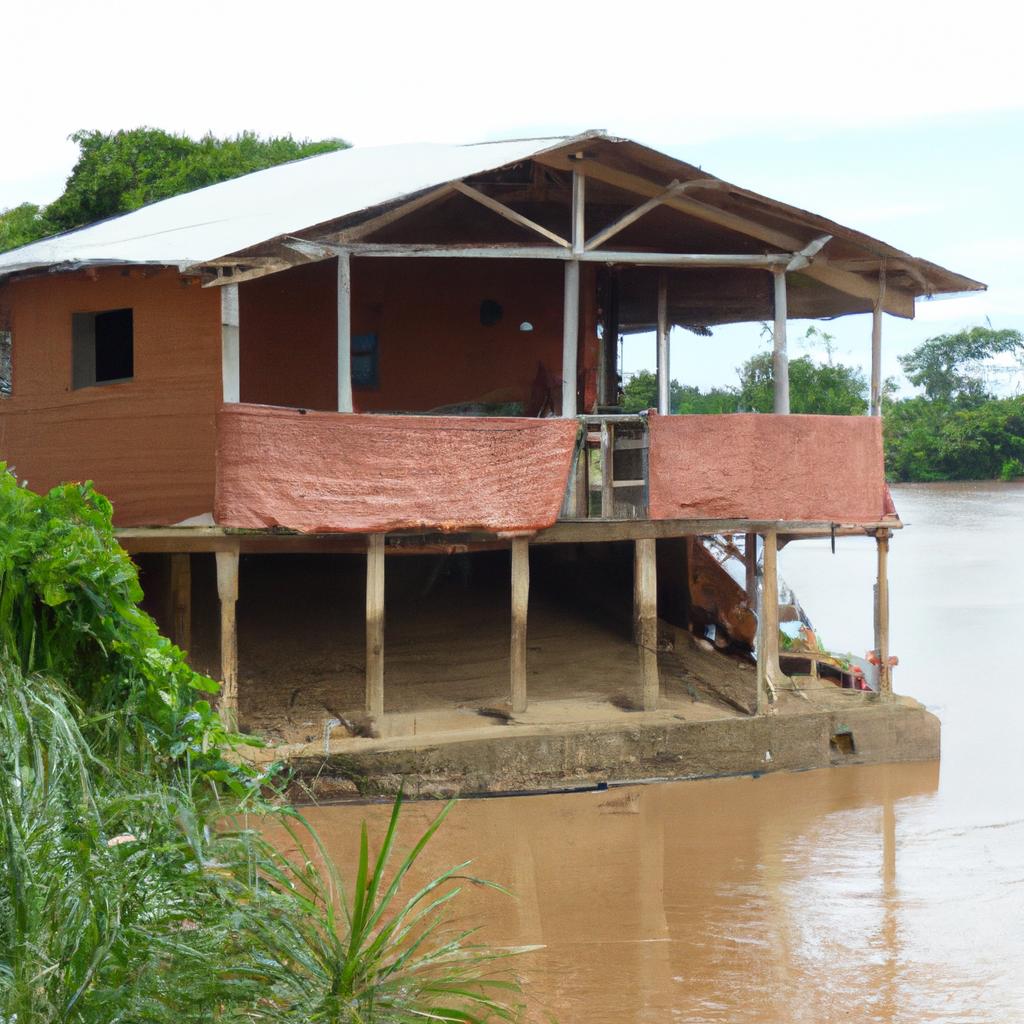
Building a mud home is an excellent way to live sustainably while minimizing your carbon footprint. Mud homes are not only affordable and energy-efficient but also have a minimal impact on the environment.
In this guide, we have explored the history and benefits of mud homes, the importance of sustainable housing, and the various aspects of building a sustainable mud home. We hope that this guide has provided valuable insights and inspired you to consider building your own mud home.
At TooLacks, we are committed to promoting sustainable living and eco-friendly solutions. We believe that mud homes have a bright future in sustainable architecture and housing.
Remember, building a mud home requires expertise and careful consideration of various factors such as climate, soil type, and location. It is important to consult with experts and conduct thorough research before embarking on your mud home building journey.
We hope you have enjoyed reading this guide and that it has inspired you to consider building a sustainable mud home. Let’s continue to work towards a more sustainable future, one mud home at a time.
